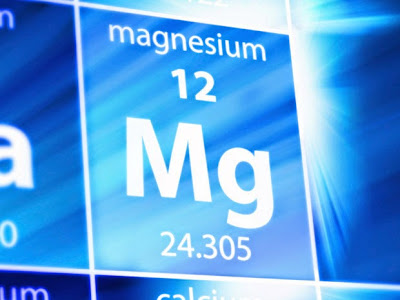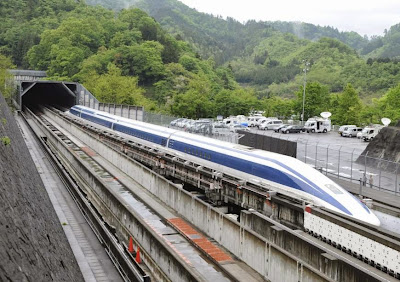The hybridised World Endurance Championship has introduced a new version of cut and thrust racing that is very entertaining to watch but I'm not sure either Jalopnik nor the (with respect) race commentators fully understand how the very different hybrid systems interact on the track.
The video sequence features a race for position between the Audi R18 E-Tron Quattro and the Porsche 919 Hybrid. While these cars are both in the same LMP1 hybrid class, the rules allow for a large amount of technical freedom (especially when compared to many other 'control formula' International championships).
The 2015 Audi R18 features a 558 HP (410 kW) 4.0-liter Turbo Diesel V6 combustion engine driving the rear wheels with a 272 HP (200 kW) electric motor driving the front wheels. The R18 is in the 4 Megajule class with a flywheel energy storage system can store 700 kilojoules.
The Porsche 919 Hybrid features a 500 Hp (370 kW) 2.0-liter Turbo Petrol V4 combustion engine driving the rear wheels with a 400 HP (300 kW) electric motor driving the front wheels. The 919 is in the 8 Megajule class with an A123 Lithium-ion battery energy storage system and also has thermodynamic energy recuperation using the energy from exhaust gases from the turbo charger.
The energy class regulations refer to the amount of regenerated energy that can be used each lap, for example 8 megajoules equals 2.2 kWh that can be deployed around the race track (3.6 megajoules is equivalent to 1 kilowatt hour (kWh).
Like in Formula One, the energy recuperation is pre-programmed and not directly controlled by the drivers, what might be confusing is that unlike in F1 where output from the KERS systems is driver controlled via a steering wheel mounted 'boost' button, in the WEC the KERS output is also pre-programmed. In fact KERS 'boost' buttons are banned in the WEC.
The FIA specify hybrid ‘braking zones’ where teams can program energy recovery. The hybrid output can be used anywhere around the track and is calculated by race engineers pre-race to maximise the use of this energy for fastest laps times with minimal fuel burn. As a result, what we're seeing in the video above where the Porsche 919 is said to be "running out of hybrid power" is in fact the same pre-programmed energy duty cycle used by the 919 on every laps of the race. This becomes very clear watching extended in-car race footage (the FIA WEC on-line package offers full race in-car access to all works LMP1 cars). What we see as the Porsche massively out accelerates the Audi at the top of Eau Rouge is a combination of the 919 having a 60 kW advantage over the Audi and where the Porsche is pre-programmed to apply it's 4Mj of additional hybrid power. Again, the 919 drives this duty cycle every lap.
There are other very interesting differences at play such as braking performance. Where the Audi (flywheel) and Toyota (super capacitor) systems can recover a 'full charge' during high speed braking, while the Porsche (li-ion battery) has a noticeable extended high speed braking profile, e.g the 919 starts braking a longer distance before the corner, and is belived to take several braking zones to recover a 'full charge'. This is due to the asymmetric charge and discharge curves of lithium ion batteries and is partially compensated for by the thermodynamic turbo generator which makes the Porsche 919 Hybrid the only car in the field that recuperates energy not only when it brakes but also when it accelerates.
Motorsport is a technical sport and this is exactly what racing is meant to be about, advancing automotive technology.



.jpg)
.jpg)



